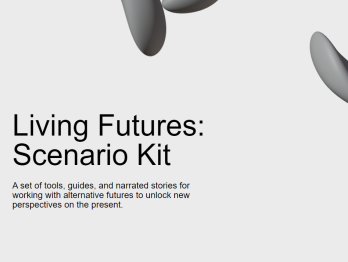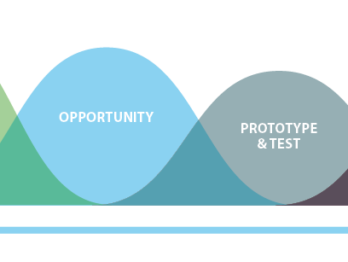How can I incorporate anticipation into strategic planning and action?

Strategic planning and action are inherently anticipatory, but this anticipation is not always comprehensive, explicit or disciplined. The latter requires identifying “when” and “how” to incorporate strategic foresight approaches into the strategic planning process.
The “when” part can be at the beginning of a process, in the form of initial scoping for a strategy; during the process, while some elements of the strategy are still up for decision; or after the strategy is done, and has moved into implementation. Strategic foresight can also be used for action at any time as inspiration for new initiatives—this is called Anticipatory Innovation. In cases where anticipation is successfully incorporated into strategic planning and action, there are “touchpoints” within the process of creating strategy or deciding action; these touchpoints are where anticipatory knowledge comes in to have an impact on the process.
The “how” part can include any combination of the following:
- Broadening the scope of what is considered relevant to take into account when creating a strategy or deciding on actions, to avoid blind spots
- Surfacing and questioning assumptions about what things are probable, possible and preferable in the future
- Making new connections between ideas and phenomena that were previously seen as unconnected
- Revealing new potential opportunities and challenges that might have otherwise been missed
- Subjecting existing strategies and actions to simulated future disruptions that could make them ineffective or counterproductive—also known as wind-tunnelling or stress-testing
- Identifying indicators to monitor for advance indications that particular future disruptions might be occurring—also known as early-warning systems
This list is not exhaustive—the number of ways to incorporate anticipation into strategic planning and action is limitless and a selection needs to be made. It is not possible to do them all in one process. An important first step is therefore to define purpose. One way to do this is to reflect on the main value that you want to add to strategic planning and action through anticipation. This can include:
- Problems reframed/new issues framed
- New policy narratives generated/adopted
- New shared insights/understandings
- Social capital/new constituencies engaged
- Organisational resilience/strategic renewal
- Process performance improvement
- Conflict avoidance
- Follow-up work generated
- Decisions made/supported/changed/confirmed/justified
- Visions/strategies/milestones identified/adopted
- Budget reallocation/new financial resources mobilised










